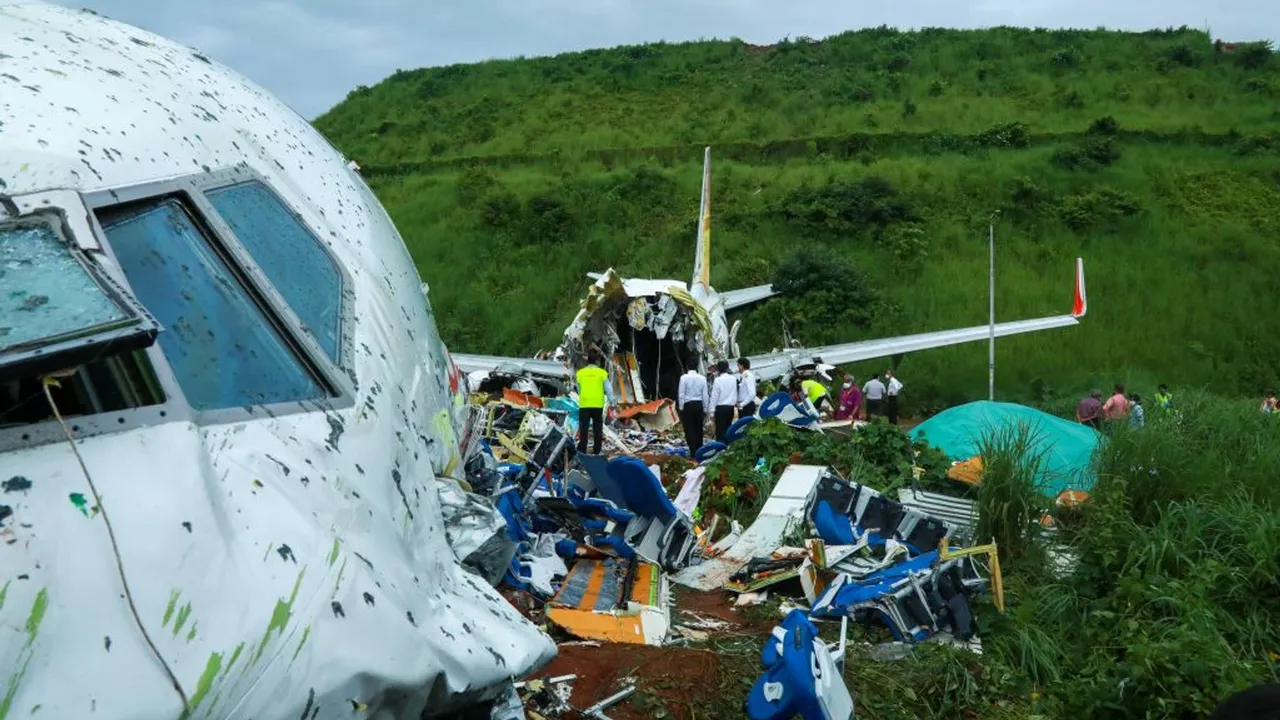Understanding the Financial Crisis of Air India
Air India, the national carrier of India, has been facing a financial crisis for many years. Despite being one of the oldest and largest airlines in the country, it has consistently reported losses. In this article, we will explore the reasons behind Air India's financial troubles and attempt to understand why this once-thriving airline is always in the red. So, let's dive into the reasons behind the continuous losses faced by Air India.
Mounting Debts and High Interest Payments
One of the primary reasons for Air India's financial woes is its mounting debts. The airline has been incurring massive losses for several years, which has resulted in a significant accumulation of debt. This debt, in turn, leads to high interest payments, which further strain the company's finances. The vicious cycle of mounting debts and high interest payments has contributed significantly to the financial crisis faced by Air India.
Inefficient Management and Decision Making
Another major factor contributing to Air India's losses is inefficient management and decision making. Over the years, the airline has made several questionable decisions, such as purchasing a large number of aircraft at a time when the market was going through a downturn. These decisions have led to increased operational costs and financial burdens, ultimately resulting in losses for the airline. Additionally, issues related to employee management and lack of cost control measures have further exacerbated the problem.
Competition from Low-Cost Carriers
The rise of low-cost carriers (LCCs) in the Indian aviation market has also contributed to Air India's financial troubles. LCCs like IndiGo, SpiceJet, and GoAir have been able to offer competitive fares, attracting a significant portion of the market. Air India, with its higher operating costs and relatively expensive ticket prices, has struggled to compete with these budget airlines. This fierce competition has further eroded Air India's market share and revenues, adding to its financial woes.
Obsolete Fleet and High Maintenance Costs
Air India's aging and obsolete fleet is another reason behind its financial struggles. The airline has been slow in replacing its older aircraft, which leads to higher maintenance costs and operational inefficiencies. Moreover, the older planes consume more fuel, further adding to the airline's expenses. The high maintenance costs of an outdated fleet have had a significant impact on Air India's bottom line, leading to continuous losses.
Untapped Potential of International Routes
Air India has not been able to capitalize on the potential of international routes fully. While the airline does operate on several international routes, it has failed to capture the market effectively. Issues such as poor on-time performance, lack of direct flights, and outdated in-flight services have made Air India a less preferred choice for international travelers. This has resulted in lower revenues and market share for the airline, further adding to its financial troubles.
Government Intervention and Bureaucratic Hurdles
Finally, government intervention and bureaucratic hurdles have also played a role in Air India's financial crisis. Being a state-owned enterprise, Air India often faces government interference in its operations and decision-making. This has led to delays in implementing crucial changes and reforms, hampering the airline's ability to adapt to market dynamics. Moreover, bureaucratic red tape has resulted in slow decision-making, further contributing to the company's financial struggles.
In conclusion, Air India's financial woes can be attributed to a combination of factors, including mounting debts, inefficient management, competition from low-cost carriers, an obsolete fleet, untapped potential of international routes, and government intervention. To revive its fortunes, Air India needs to address these issues strategically and implement effective cost control measures. Furthermore, streamlining operations, modernizing its fleet, and improving its services can help the airline regain its lost market share and return to profitability.



